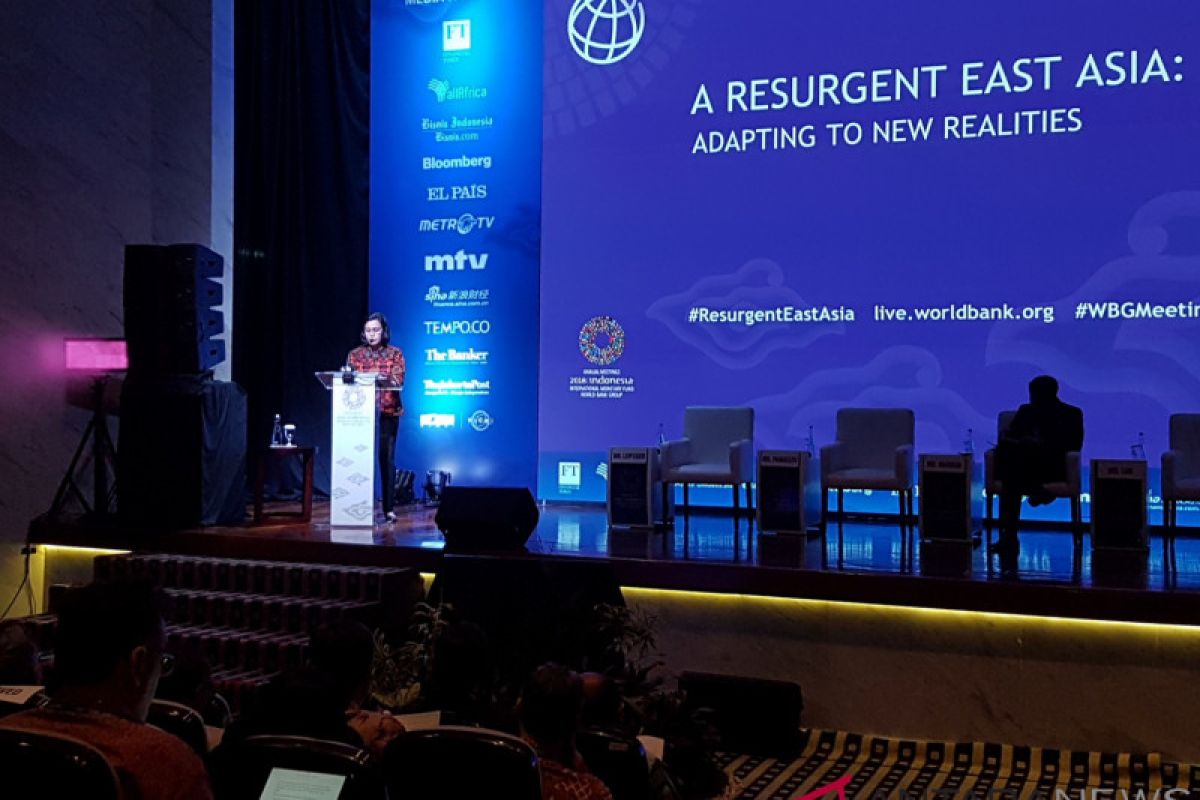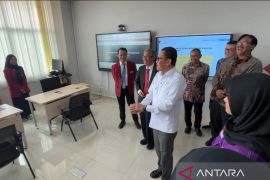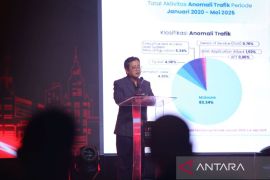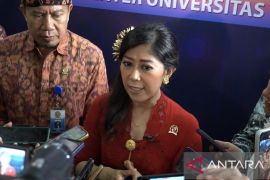East Asia was growing twice faster than the rest of Asia, and three times faster than Latin America and Southeast Asia, she said while delivering her opening remarks to a seminar entitled A Resurgent East Asia: Adapting to New Realities held as the side event of the IMF-World Bank Annual Meetings here Wednesday.
"This achievement is associated with an equitable growth model, mainly controlled by economic openness, investment in human resources, and effective governance," the minister said.
At the same time, East Asia`s economic growth was also followed by success in reducing poverty almost in all countries in a relatively short time, she npoted.
A report released by the World Bank entitled A Resurgent East Asia: Navigating a Changing World states that East Asia`s success in changing its status from low-income to middle-income economies is influenced, among others, by the rise of China which currently has the highest purchasing power in the world.
China contributes 12.8 percent of total global exports and 10.2 percent of total global imports.
Half a century ago, East Asian countries still faced development challenges when most of their population were only employed in the agricultural sector, she said.
But now, East Asian people have been involved in various economic activities and contribute collectively to almost one-third of global Gross Domestic Product, she said.
"In addition, the East Asia region has shown its resilience amid the global financial crisis in 2008-2009," Sri Mulyani noted.
According to her, one of the keys to East Asia`s success is the rapid industrialization in various countries.
Vietnam and Cambodia, for example, have emerged as new manufacturing hubs in just a decade.
High growth in the service industry sector is also seen in large economies such as China and Indonesia.
Apart from these achievements, Sri Mulyani said that East Asia still faced a number of challenges including how to get out of the middle income trap.
The World Bank notes that more than 90 percent of East Asian people live in ten middle-income countries.
"The key to freeing these countries from the middle income trap is economic transformation from what was previously dominated by the primary sector to the manufacturing sector," Sri Mulyani said.
Reporting by Yashinta Difa Pramudyani
Editing by Libertina, Suharto
Reporter: antara
Editor: Heru Purwanto
Copyright © ANTARA 2018












